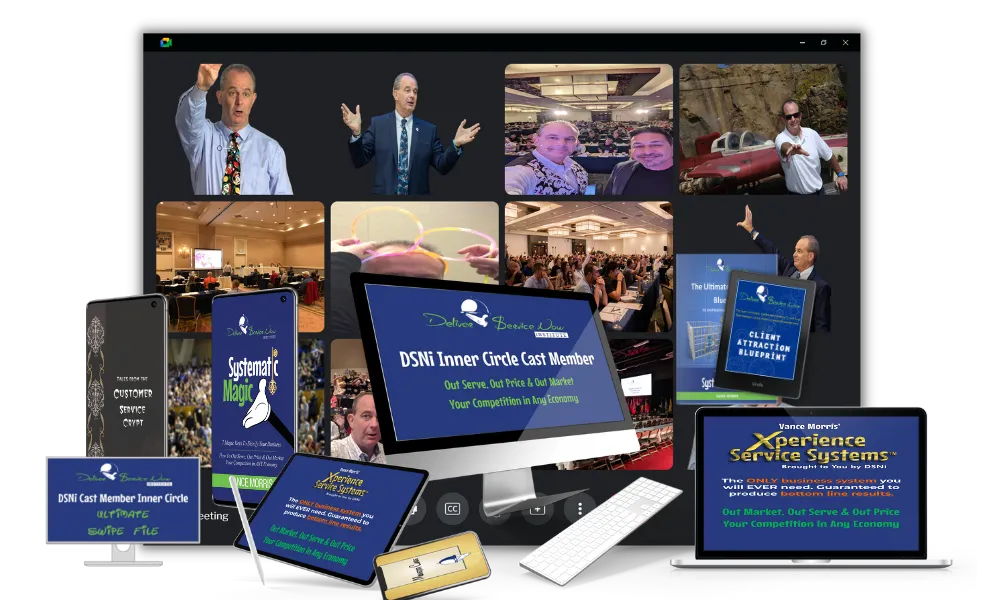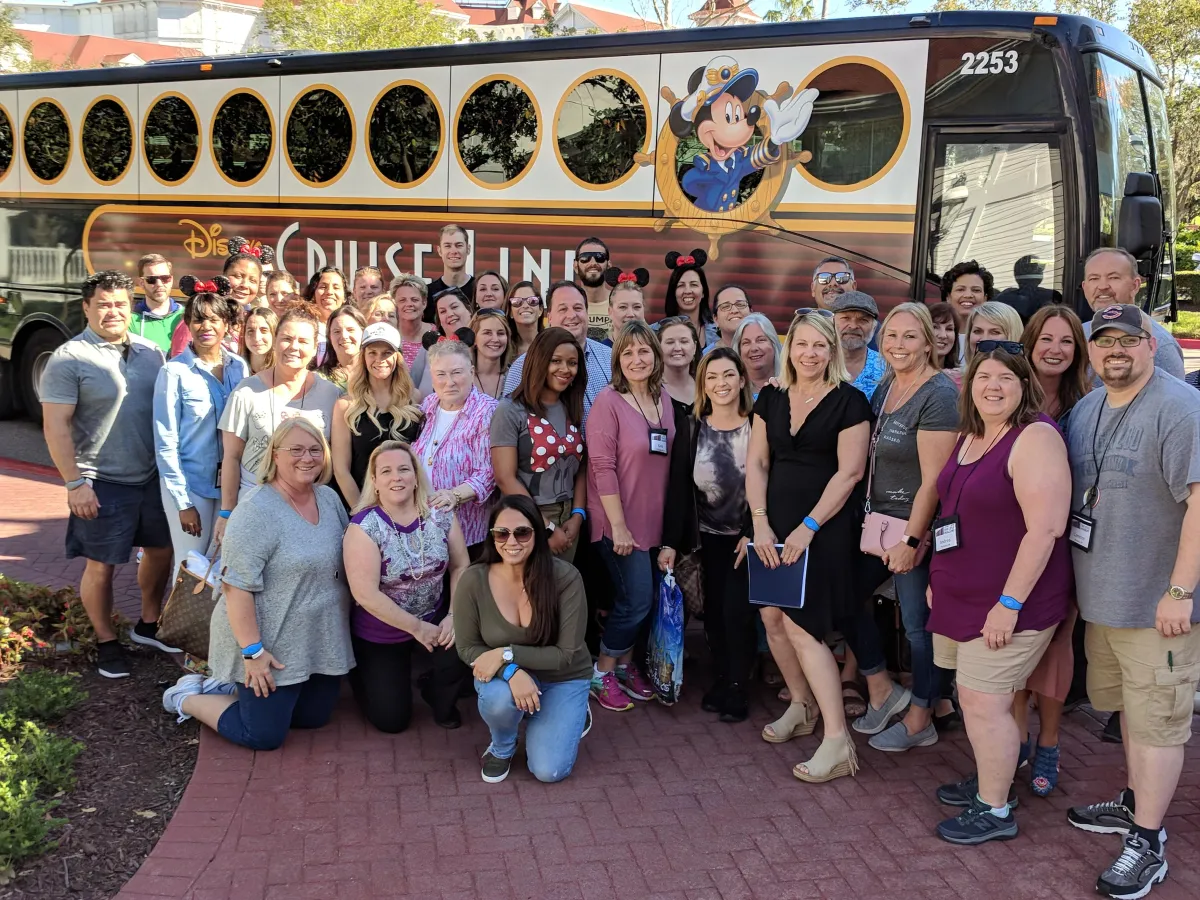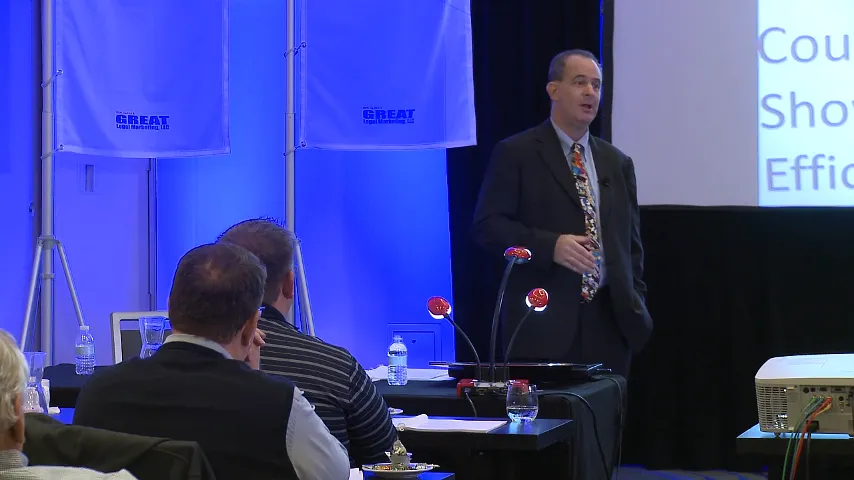Free Articles To Help You...
Create Extraordinary Experiences
Command Premium Prices
Scale Your Business
Avoid Service Mistakes
Attract More Customers
The $118 Dress Shirt Disaster: A Masterclass in How to Lose a Customer (and a Sale)
Yesterday, I took my dad shopping for a dress shirt. He’s 83, sharp as a tack in the long-term memory department, but I’m the designated driver when it comes to finding sleeves that don’t fit like a circus tent. So we went to Brooks Brothers — a brand you’d think still knows a thing or two about service.
I mean, this is supposed to be the “gentleman’s outfitter.” The kind of place that oozes heritage, craftsmanship, and that old-school “may I assist you, sir?” charm. Except what we got was… well, a masterclass in mediocrity.
Let’s dissect this. Because what happened next is the retail version of shooting yourself in both Italian loafers.
Failure #1: No Greeting = No Connection
We walk in. Two associates standing (or slouching) behind the counter. Not one “Welcome.” Not even a half-hearted nod.
Now, this isn’t a dollar store. This is Brooks Brothers — the brand of Madison Avenue boardrooms and Ivy League wardrobes. The experience should start the moment a customer walks in. That first seven seconds, what I call Moment Zero, sets the tone for everything.
And yet… silence. You know what silence tells your customers?
“You’re interrupting my day.”
If your team can’t muster a hello, you’ve already lost.
Business lesson: First impressions aren’t optional. They’re oxygen.
Failure #2: The Hide-and-Seek Sales Strategy
So Dad and I wander back to the dress shirts which, by the way, is their bread and butter. We’re scanning through the racks like tourists without a map. Still, no one approaches.
Finally, one of the counter statues animates and ambles over. “Need help?”
Well, yes. That’s why we’re standing here with shirts in our hands looking like lost puppies.
This is what I call Reactive Service. It’s what happens when your people wait for customers to beg for attention.
At Disney, we trained cast members to be proactive, not reactive. You don’t wait for a guest to ask where the restroom is — you see the look on their face, anticipate their need, and step in before they have to ask.
In business terms: Anticipation creates trust. Waiting creates frustration.
Failure #3: The Upsell That Wasn’t
Fast-forward to the register. Dad hands over his new shirt. The cashier scans it, and says:
“That’ll be $118.”
Now, I’m no accountant, but even my 83-year-old father raised an eyebrow.
Right above her head, a giant sign screamed:
“TWO SHIRTS FOR $149”
So I turn to Dad and say, “Hey, go grab another one. Why spend $118 when you can get two for $149?”
You’d think the cashier, the salesperson would’ve mentioned that. You know, out of courtesy, or maybe even out of a desire to… I don’t know… sell more stuff.
But nope. When I asked why she didn’t mention the deal, she shrugged and said:
“Oh, I don’t always remember to tell people.”
Excuse me? You don’t remember to tell people how to get a better deal? You don’t remember to double the sale? You don’t remember that your paycheck depends on revenue?
That’s not forgetfulness. That’s sales malpractice.
If your employees don’t communicate value, they’re not just missing opportunities — they’re eroding trust.
Because here’s the real kicker: most customers don’t want a discount, they want to know you’re on their side. That cashier didn’t just miss a sale — she missed a relationship.
The Barriers: What’s Really Going On
What happened in that store wasn’t about one lazy cashier or one bad day. It’s about systemic failure; the invisible barriers that kill both service and sales:
Barrier to Service: Invisibility Syndrome When team members act like wallpaper instead of hosts.
Barrier to Sales: Information Hoarding When deals, promos, or value-adds stay hidden.
Barrier to Culture: Complacency When “I forgot” is an acceptable excuse.
This is what happens when management stops managing and training stops mattering. When you stop treating your people like professionals, they start acting like placeholders. And make no mistake: culture is contagious. If leaders don’t set standards, employees don’t follow them.
The Lesson: Every Interaction Tells a Story
Every touchpoint — from the greeting to the checkout — tells your customer who you are.
If you claim to be a premium brand, but your service screams “bare minimum,” customers notice.
You can’t charge luxury prices and deliver convenience-store care.
Here’s the real-world formula:
No greeting = no trust
No engagement = no experience
No suggestion = no sale
And once a customer feels invisible, you don’t just lose the sale — you lose their loyalty.
How to Fix It (In Any Business)
Whether you’re selling shirts, fixing sinks, or managing portfolios, this lesson applies:
Train for Anticipation Teach your team to look for needs before they’re voiced.
Script the Greeting Don’t rely on “whatever they feel like saying.” Systematize it.
Empower Value Conversations Make it policy to share offers, bundles, and upgrades.
Measure What Matters If your team’s KPIs stop at transactions, you’ll never get transformation.
Inspect What You Expect Management must see and coach behaviors, not just hope for them.
Because at the end of the day, every moment is either magic or meh. And Brooks Brothers delivered a steaming pile of meh.
Bottom Line
If your people say, “I don’t always remember,” what they’re really saying is, “I don’t care enough to try.”
That’s not a memory problem. That’s a leadership problem.
In the world of business, there’s no such thing as a neutral moment. Every interaction either builds your brand or breaks it.
So, if you want customers for life — not just customers for today — you’ve got to engineer every step of the experience.
Because your signage can scream “2 for $149” all day long… But if your people don’t speak up, the only thing you’ll sell is disappointment.

Hi, I'm Vance Morris
Deliver Service Now institute
Dear Entrepreneur,
Are you sick-n-tired of crappy online groups?
You know the one's... People reporting bloated results, people always ASKING and never GIVING.
You need to be around other business owners and entrepreneurs who will support you, guide you and, yes, call you out in order for you to grow your business.
If you have ever felt "out of place" hanging around people who have 'jobs' and have no idea what it feels like to be you... a business owner.... you are in the right place.
We are just like you.
And you need to have an easy to implement marketing and service system that you can roll up your sleeves and do yourself or hire others to do the tedious work.
That's where the XPerience Service System comes in.
And most of all... YOU MUST GET RESULTS. PERIOD.
I'm Vance Morris and I am inviting business owners and entrepreneurs who desire a better life, to bring their drive for success and combine it with my XPerience Service System to achieve their dream.
Click below to accept my invitation to join the Inner Circle.
How DSNi Helps Small Business
Experience & Marketing Strategies

FREE downloads, video, books and training to get you started implementing DSNi experience & marketing strategies.
DSNi
Programs

Masterminds, small group training, 1-1 coaching & programs matched for your business situation & size.
Live Events &
The Disney Experience

Full immersive 3-4 day experience at Walt Disney World designed to give you the competitive edge.

Get Daily Marketing and Experience Tips
Designed For & By Small Businesses
Get daily marketing & experience strategies, tactics and systems on what's working "right now" to grow a small business.
